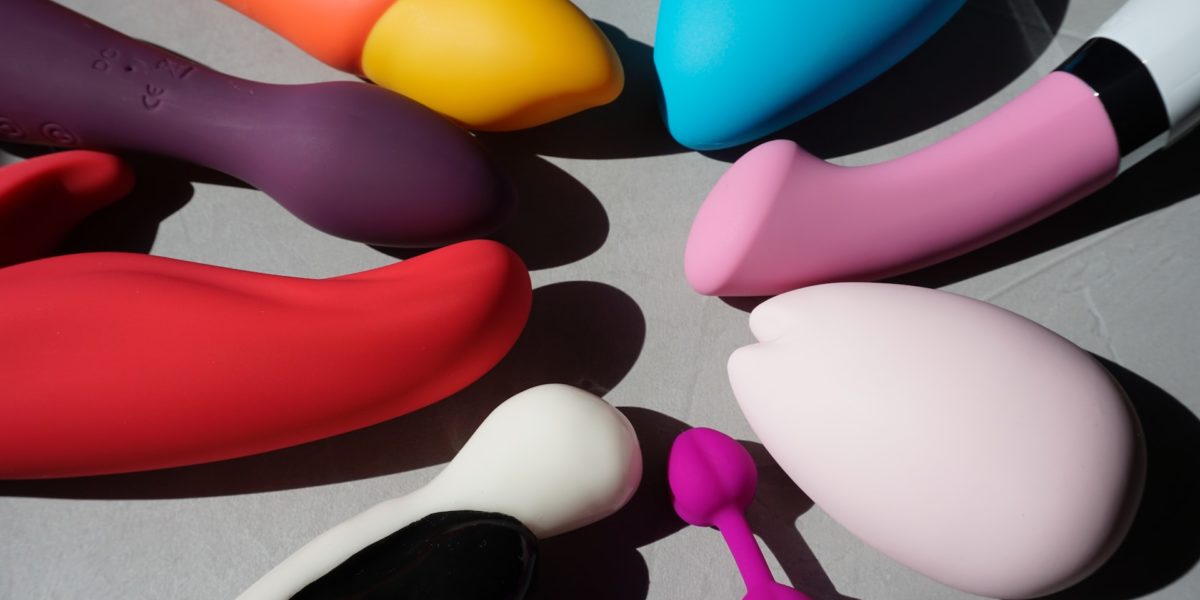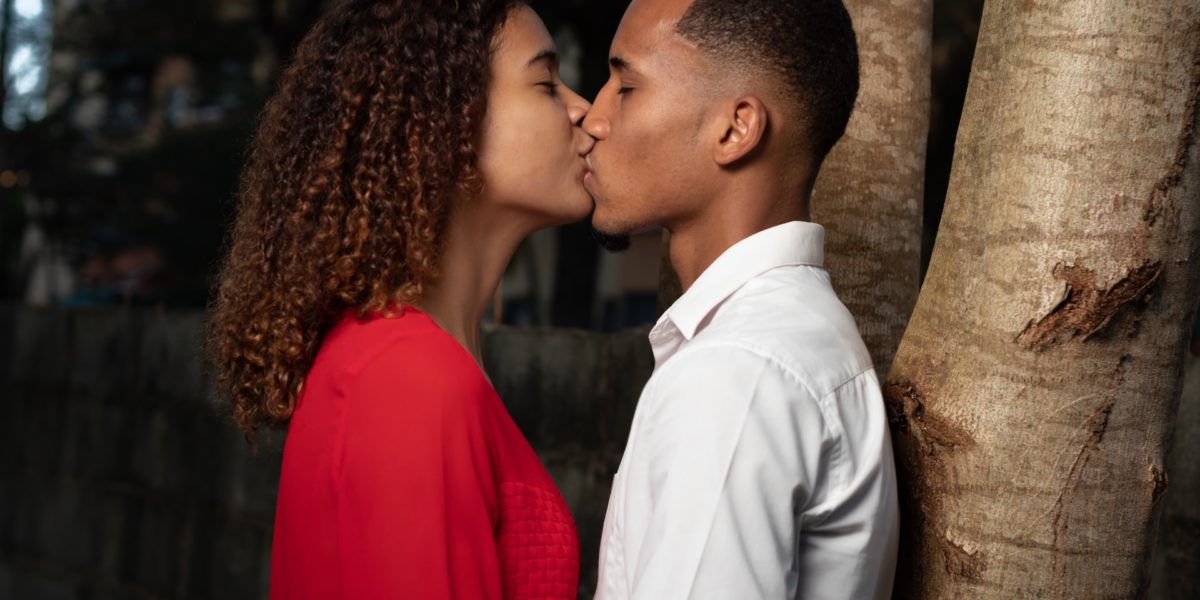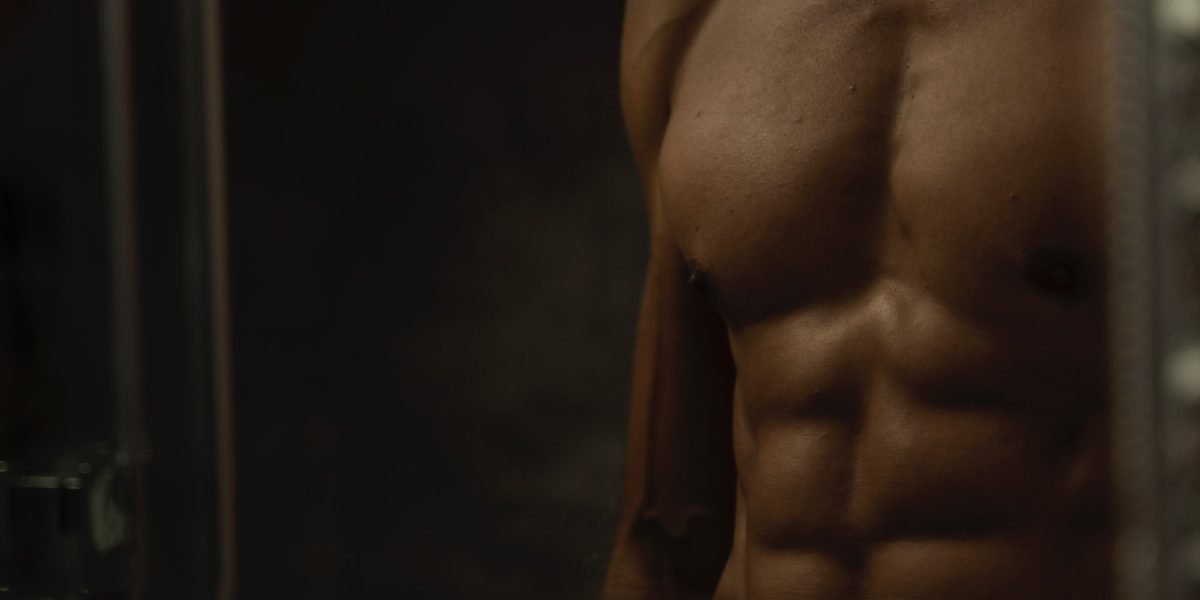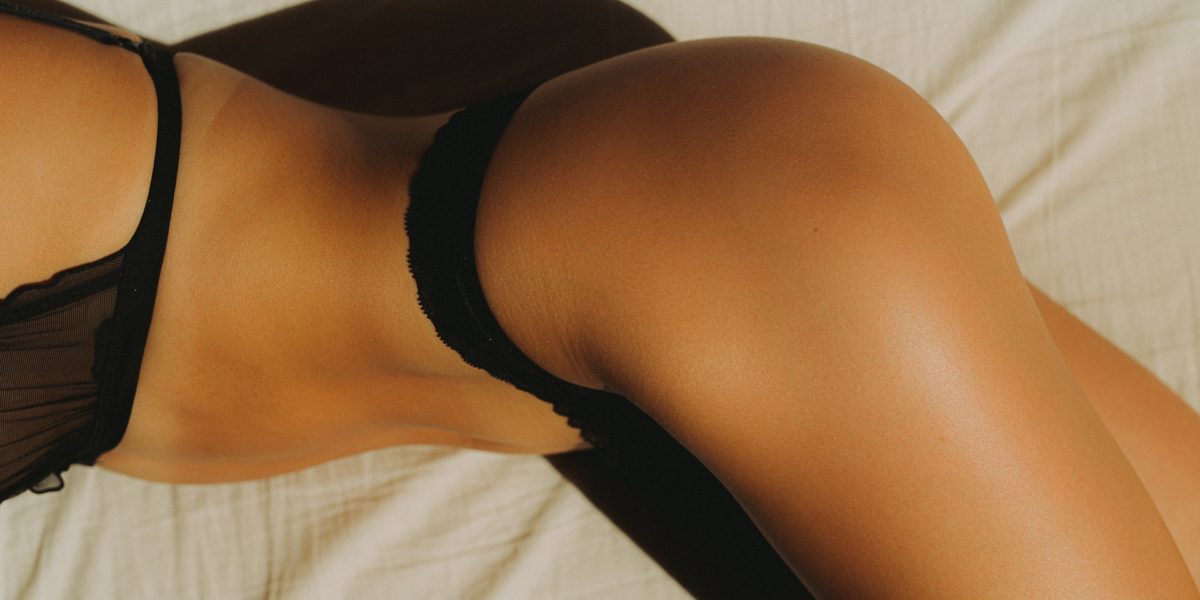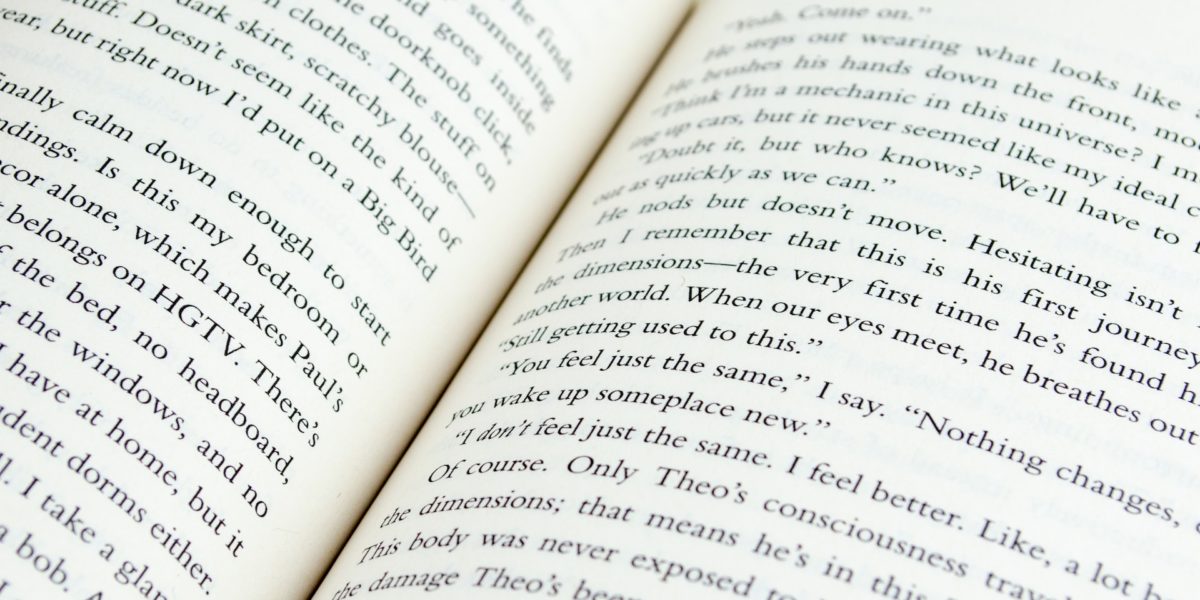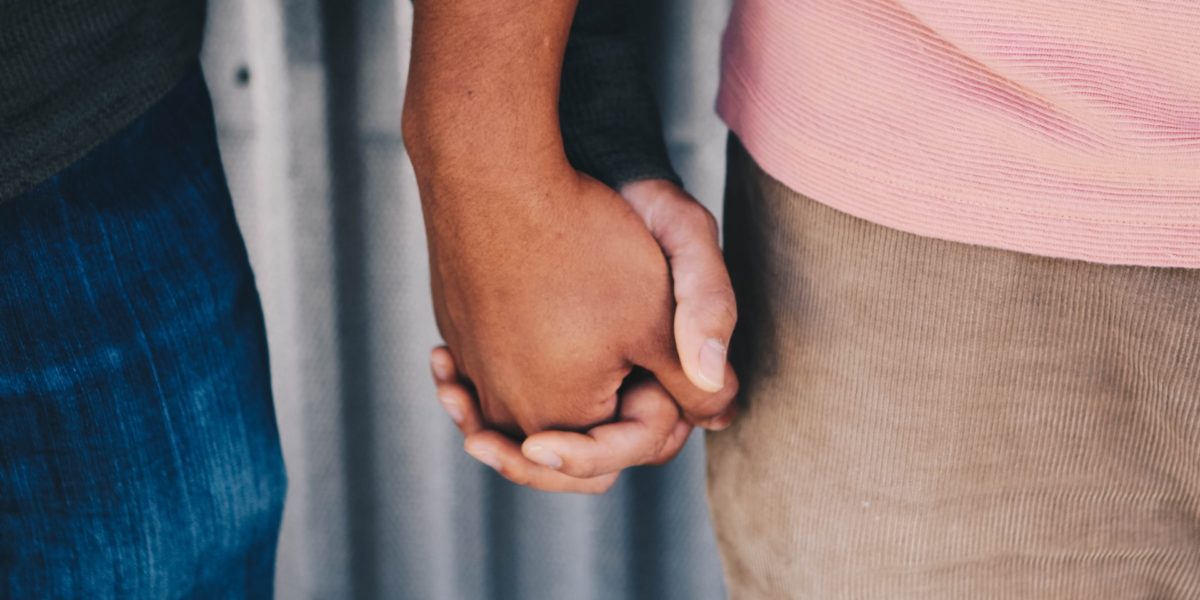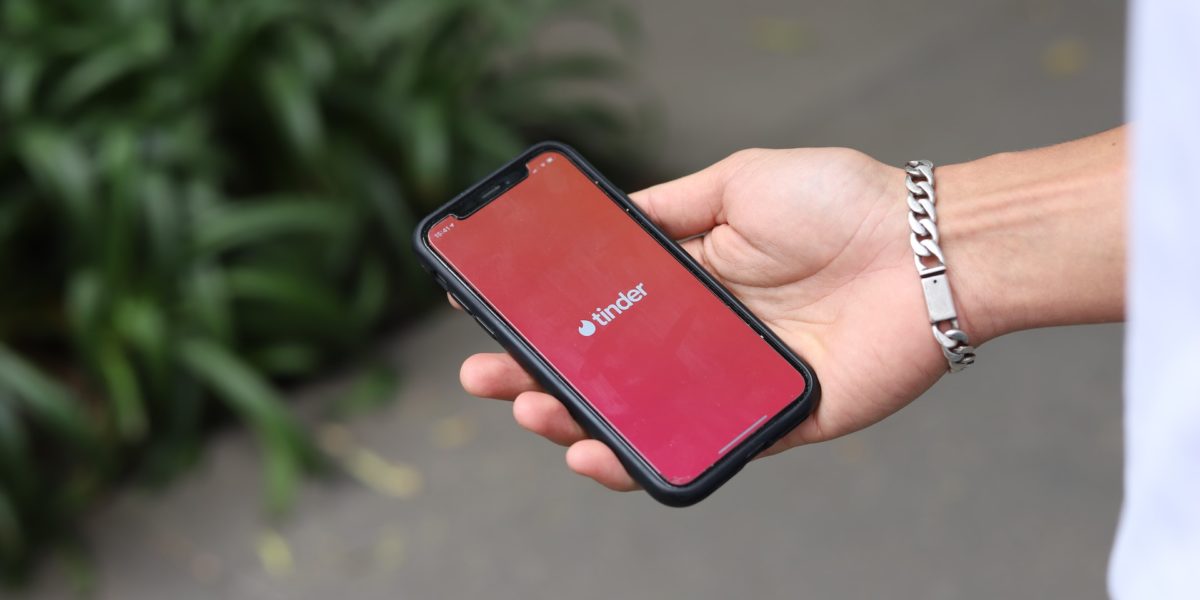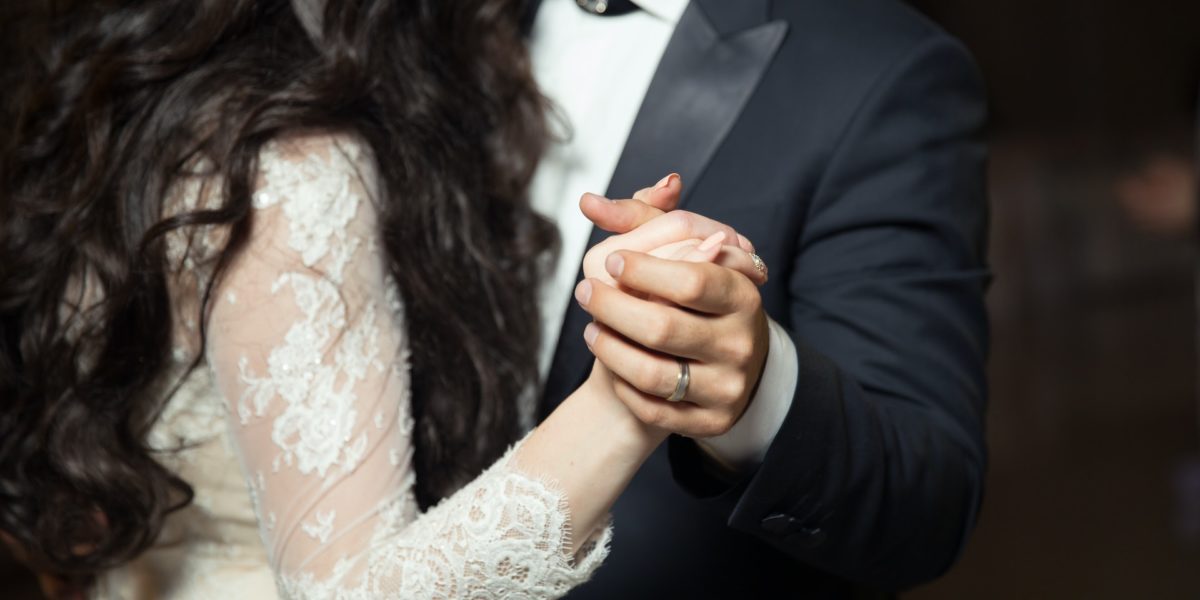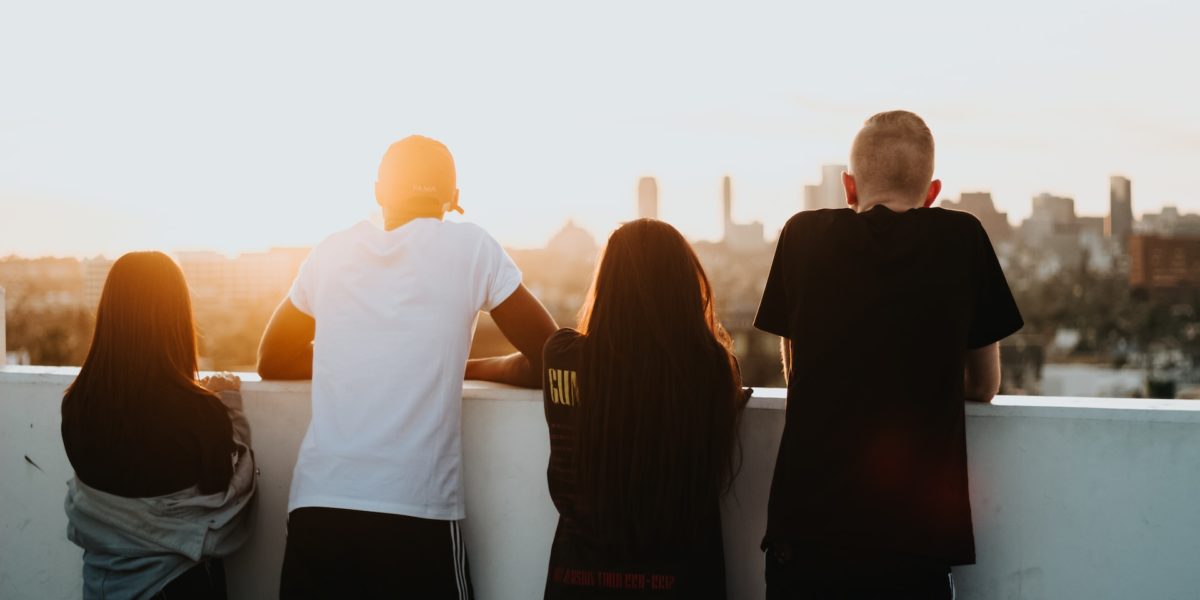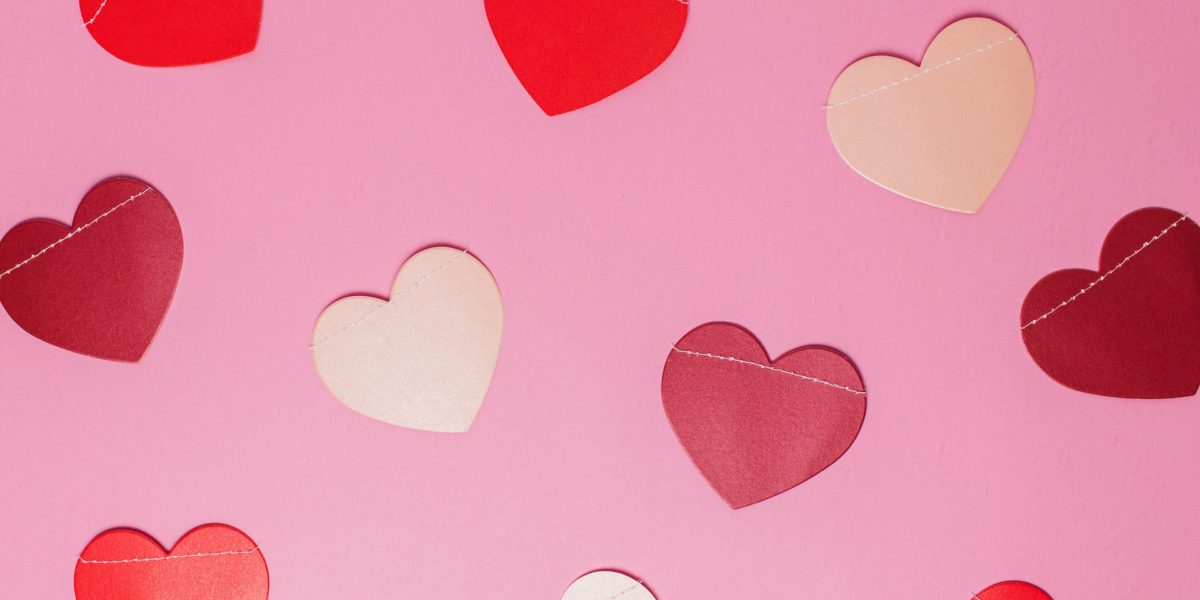See them whizzing across the city on their fast bikes: his a men’s model, hers a woman’s. Both wrapped in a puffer jacket and with matching trainers. His hat is the same colour as her bag. The dreary ‘ANWB couple’ in trendy jackets.
Rihanna’s puffer jacket
The ‘ANWB couple’ – named after the Dutch travellers’ association – has been immortalized by the ‘Okko and Eus’ characters from the comedy show Koefnoen. But they didn’t invent the ‘couple look’ and it’s not even typically Dutch. Although clothing trends often originate in pop culture – Rihanna appears in a puffer jacket and suddenly everyone is wearing one – couples coordinating their outfits began in South Korea.
Just married
It was there that 커플룩 (‘Couple Look’ spelled with Korean characters) appeared in the 1990s. The phenomenon was a reaction against the traditional South Korean costume that couples wore on their honeymoon. Newlyweds decided to coordinate their outfits instead, to publicly declare their status as a married couple. The Facebook relationship status avant-la-lettre. The couple look spread to China and Japan and became incredibly popular among young people.
Together One
A similar effect can also happen unintentionally. Partners, for instance who unconsciously begin to like the same things and gradually create wardrobes that look increasingly similar. The couple look in this case expresses a much stronger sense of affinity, while also displaying a certain mutual dependence, in which the boundaries of the individual are blurred.
Everyone different
Whether it’s a deliberate decision or an unconscious change, matching outfits can contribute to the human need to belong. They can be a way of discovering one another, of exploring who we are when we’re with someone. So long as the couple look isn’t used to smother a person’s own style and identity: because what is the relationship built on if we don’t feel secure enough to be ourselves?
